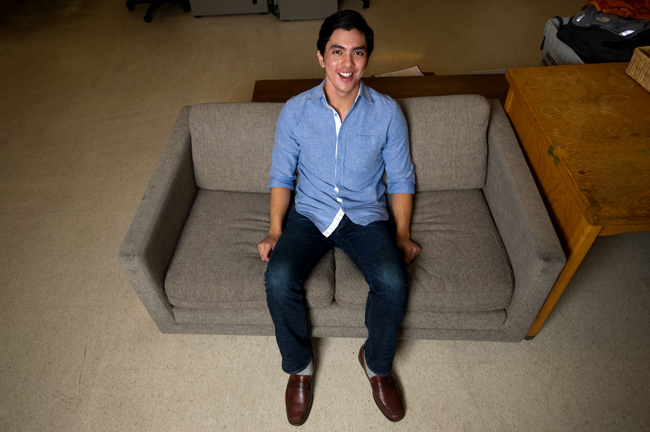Editor’s Note: The Daily Texan’s tryout period runs until Sept. 12. Find out more about employment opportunities on the Texan’s website or in The Daily Texan’s (nearly windowless) office.
It’s been a full year since I’ve worked at The Daily Texan. When I and other Texan alumni describe working in the offices of the largest student newspaper in the state, people offer their condolences.
“That sounds awful,” they say when we describe the Texan’s office space in the basement of the Hearst Student Media building. “Really? No windows at all?”
In The Daily Texan office, the air is thin. The fluorescent lights are unnerving and unflattering. The furniture is probably the same set of formica first placed down there in 1970s. And because so few slivers of the sun can sneak their way into the linoleum-floored space, which has only three windows to its name, you lose all sense of time. In the basement, it always looks (and feels) like it’s 2:30 in the afternoon, even when it’s 2:30 in the morning.
I worked at the Texan as a writer, editor and manager for two-and-a-half years. And perhaps to the chagrin of my professors in the School of Journalism, I would argue that I learned more about what makes a great story, about writing compelling copy and hooking readers and making issues resonate with images while in that basement than I ever did in a lecture hall.
And yes, wary potential staffer, the work you put in can lead to spectacular results: You’ll see the names of former Texan staffers in bylines and mastheads in The New York Times, The Huffington Post, VICE, Slate, ESPN, The New Yorker, The Atlantic, Sports Illustrated, New York Magazine and plenty of other publications, some of which haven’t even been created yet.
But while the practice, internship opportunities and career potential that come with working at the Texan are compelling, the best reason anyone can work at the Texan is what you stand to learn from its staff.
You’ll learn from Texan staffers about the news and how it breaks and how to be the kind of writer or editor or photographer quality publications like to hire. But at the Texan, you’ll also learn about how to be responsible to someone other than yourself, about how to make hard decisions with palpable consequences — consequences that get printed for 50,000 people to read.
In my mind, the Texan is the University’s greatest learning lab, a place where you learn to overcome a barrage of failures, setbacks and mortal blows. The Texan is the only place on campus where the power will go out 10 minutes before deadline. Where you’ll have to start completely from scratch at 2 a.m. because you’ll have clicked the wrong link and sent your work into digital oblivion. Where a source won’t ever call you back and where someone will call you a liar and where someone will tell you your work is terrible.
I know these are not necessarily experiences that are exclusive to the Texan. But I wouldn’t have wanted to experience them in any other place. Because like the most significant relationships you can have, the Texan has proved itself to be a true friend, the kind of friend that challenged me, the kind of friend that inspired me to do better.
Chan holds a journalism degree from UT-Austin. He is a former managing editor of the Texan and is currently the editor-in-chief of Austinist.





















